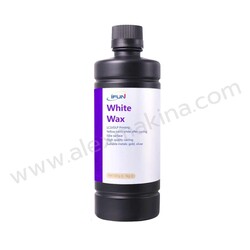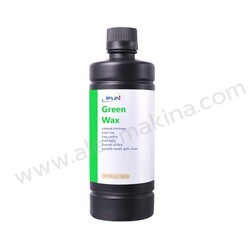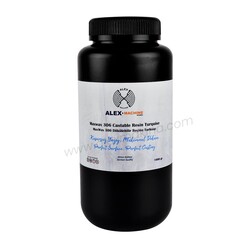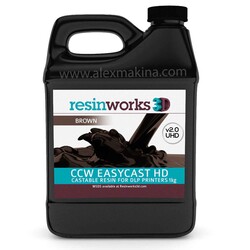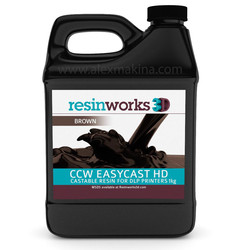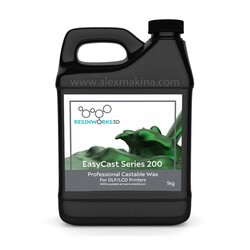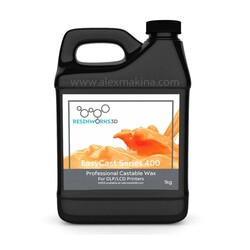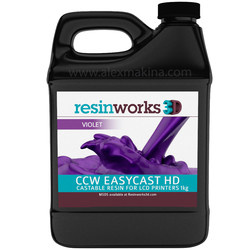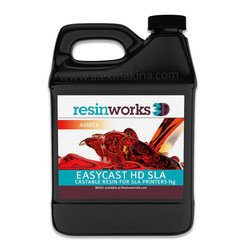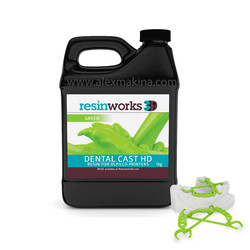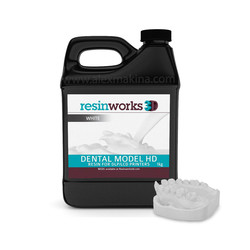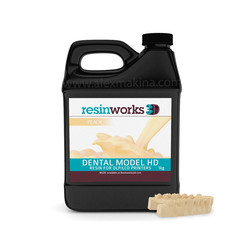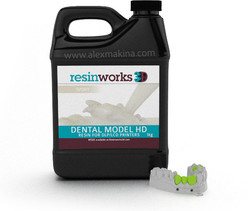Castable Resin
Castable resin has been highlyfavored by jewelers in recent years.
Using casting resin in jewellery
Jewelry is one such application where casting resin is well suited for. Casting resin jewellery helps jewelers save a lot of time and money when it comes to the modeling process. An object that is 3D printed looks no different from a traditional cast model – this is partly why they have been rising in popularity.
Castable resin is able to perfectly capture the smooth surface and precise detailing of an object. It also burns in a clean manner leaving behind no residue. This allows the jeweler to transfer straight from digital designing to 3D printing for direct investment cast.
Benefits of using castable resin for jewelry
The key benefit of using castable resin for jewelry is that it allows the creation of very complex designs. Traditionally, casting patterns for jewelry were created using CNC machines and wax carvings. Today, 3D printing and casting resin does not face the restrictions of CNC machining. Due to the technology advancements, craftsmen are able to make parts that weren’t thought e possible a few years ago.
Since these designs can be customized easily, changes are easy to make. For example, the model can be printed in the form of a plastic prototype before reviewing and making the final print in castable resin. When using castable resin and 3D printing, you can make multiple patterns in a very small time frame. This gives you reduced lead times. Additionally, since resin hardens faster than traditional methods, you can finish your work early.
As mentioned above, since castable resin has a thin consistency, it is able to fill all gaps and cavities, providing you with a great end result.
Using castable resin in dentistry
Resin is used in the dental industry because it offers a few advantages over usual materials. Dental castable resin is primarily used to make tooth fillings. These tooth fillings are used to repair a tooth that has been damaged due to decay. Also known as composite resin fillings, this castable resin is made from plastic and fine glass particles.
Unlike a silver amalgam filling, a filling made of casting resin can blend in with the rest of your teeth. And since resin bonds directly to the tooth, it is a much stronger alternative to amalgam. Understandably, resin fillings are more expensive than the more traditional option.
Review of Formlabs Castable Wax Resin
The Formlabs Castable Wax Resin helps jewelers create well detailed jewelry. It does this by using direct investment casting to cast parts. There is minimum part finishing. The castable wax prints are very durable so they can be used as prototypes and for fitting before production.
Castable Wax Resin is a 20% wax-filled material and is able to print both bulky and intricate models easily. A part that is printed with Formlabs wax resin is ready for casting soon after it is washed. There is no post curing required which ensures a faster and more streamlined production process.
Is it worth investing in a castable resin 3D printer?
A castable resin 3d printer is a very useful investment for a jeweler who does investment casting. Before 3D printers were popular, jewelers’ shaped or carved investment patterns on wax.
Now, when combined with high quality castable resin, a resin 3D printer can help a jeweler automate and streamline his or her entire work process. The printer can print investment patterns in castable resins. The final results will have properties that are very similar to wax. The only change is that a jeweler will not have to spend much of his time shaping patterns manually.
What is castable resin?
It is an acrylate photopolymer that uses a different procedure than traditional waxing. It changes to gaseous form at low temperatures instead of melting.
How to use casting resin?
The casting resin must be mixed together as noted. The general formula is equal levels of hardener and resin.
Casting resin vs epoxy?
Epoxy resins are used to coat applications while casting resins are used to cast objects like jewelry, molds, and figures.
What are casting resin types?
There are three types of casting resins; polyurethane resins, epoxy, and polyester.
